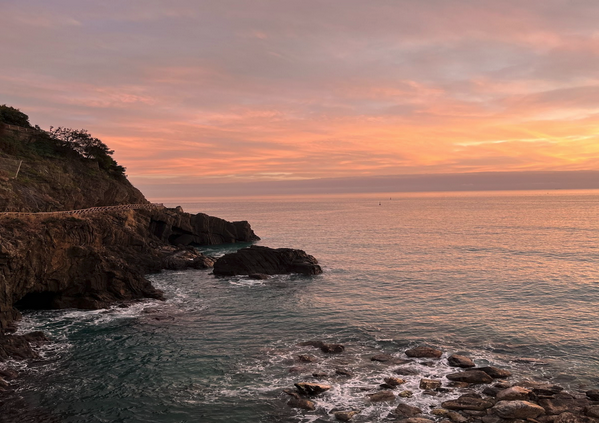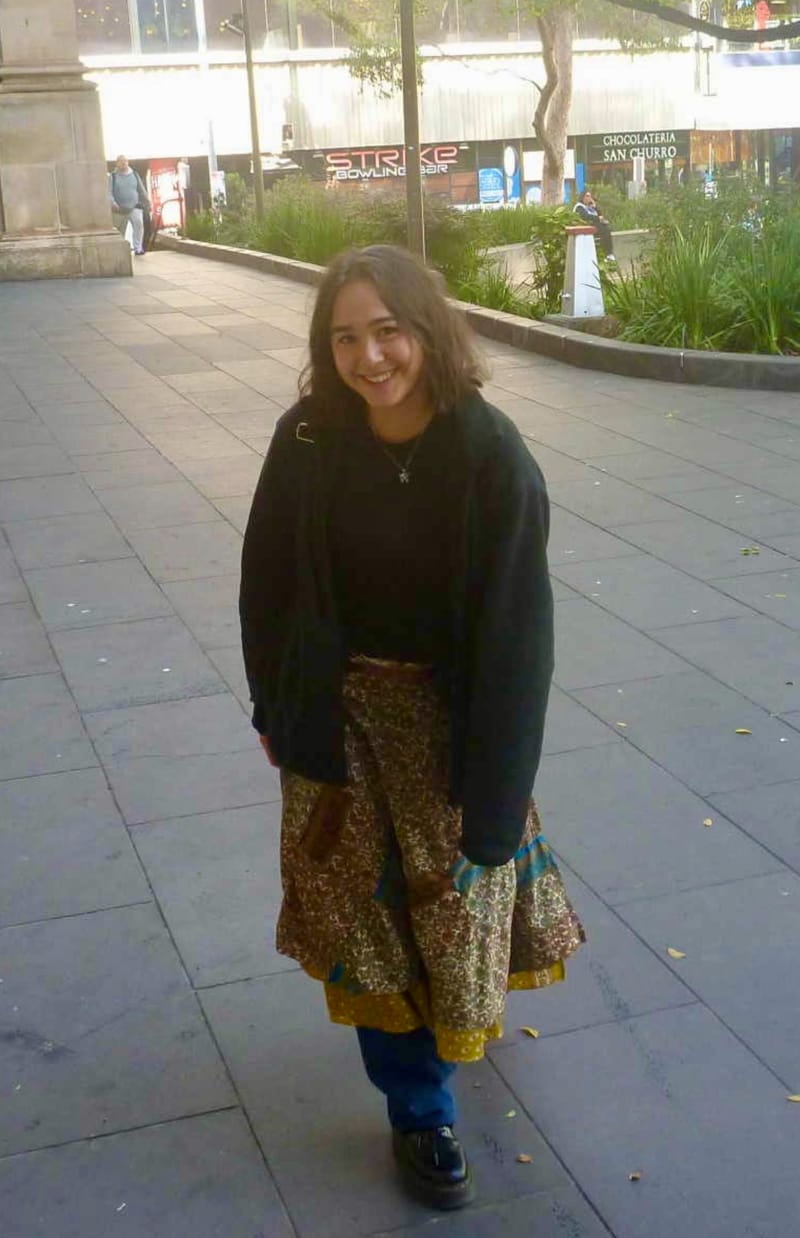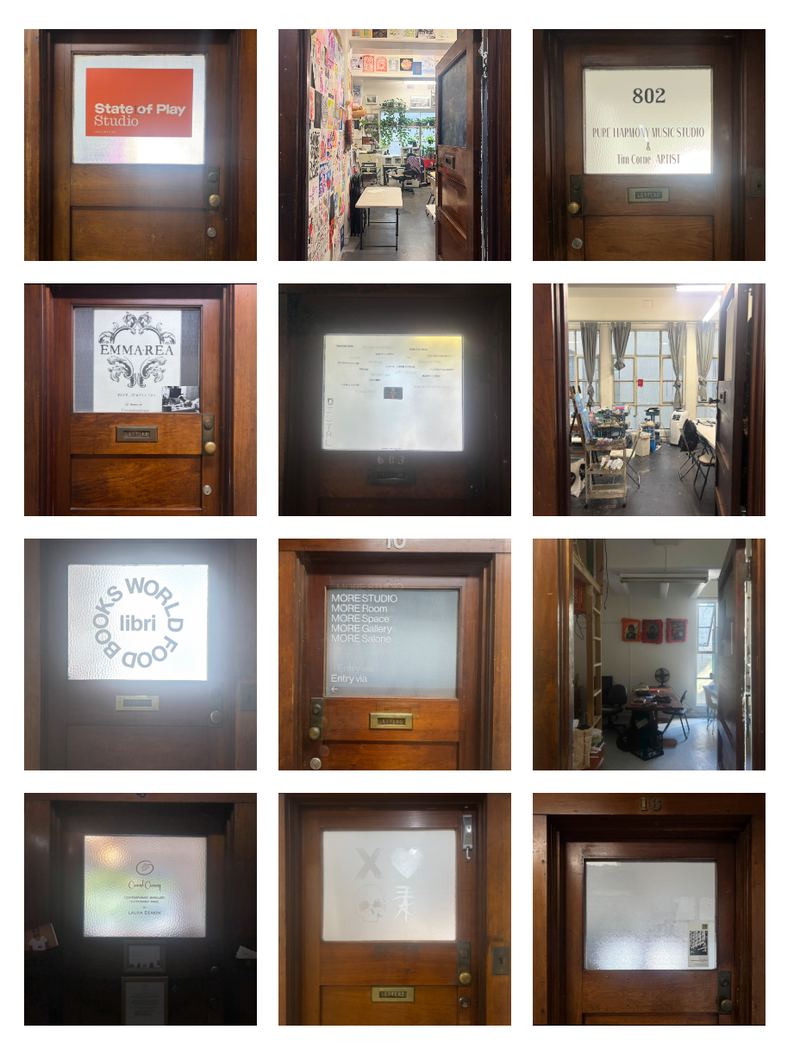Unveiling the history of the Kimberley’s rock art
🔗 [SYSTEM UPDATE] Link found. Timestamp incremented on 2025-11-26 13:55:13.Scientists and traditional landowners are dating Indigenous rock art in Australia's Kimberley region, which could prove to be the oldest rock art discovered on Earth.
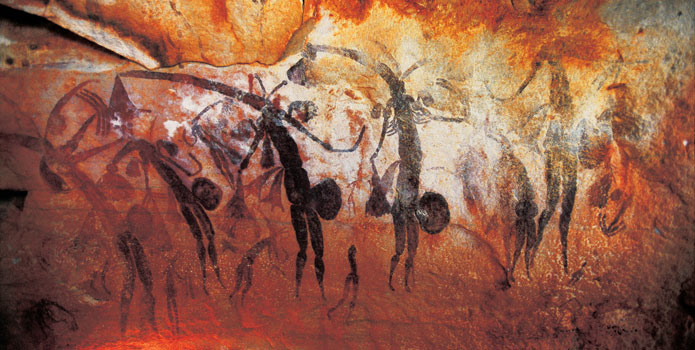

By AMANDA JOO
Scientists and traditional landowners are dating Indigenous rock art in the Kimberley region, hoping to connect the cultural heritage into Australians' lives.
University of Melbourne earth scientist Helen Green said dating the rock art would bring a deeper understanding about Indigenous culture to our society.
“We produce a date so that the rest of Australia stops and thinks this is really important, that we should be really proud of, and why we should care more about it,” Dr Green said.
Dr Green said the Kimberley rock art may be about 20,000 years old but the project focuses beyond “competing to get the world title of the oldest”.
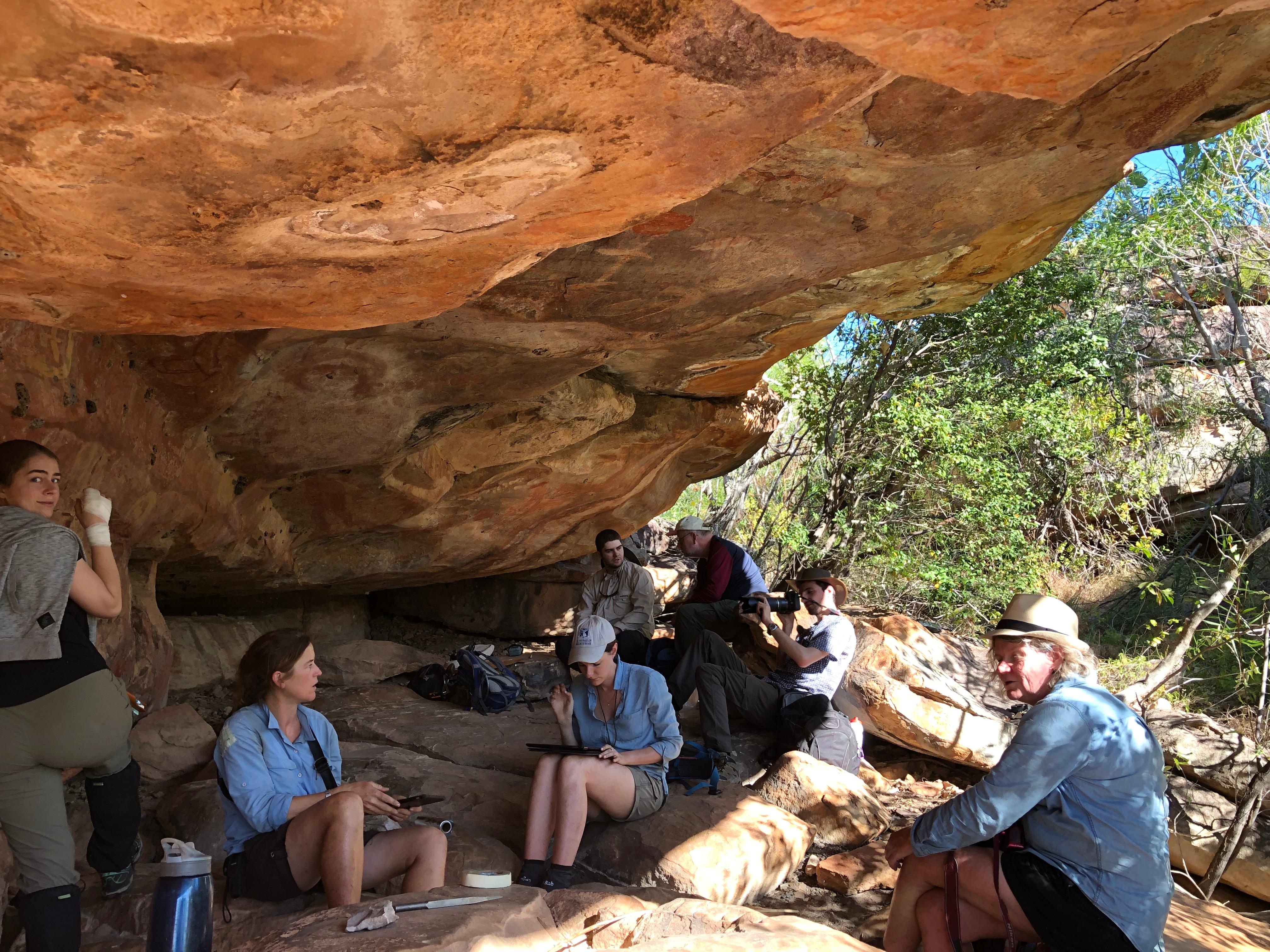
“A lot of our project is trying to shift the focus to acknowledging that it is one of the oldest ongoing traditions in the world,” she said.
“The ancestors of who did the paintings are here today and can still tell us about the painting we’re looking at.”

Dr Green said the team used a range of different techniques to date the materials underneath or overlaying the rock art.
“We can’t actually date the rock art pigment itself because there’s nothing in the pigment we can date,” she said.
Instead, mineral substances and sandstone fragments around the paintings were the main samples collected for analysis.
For instance, mud wasp nests built on the top of the paintings were dated with radiocarbon dating techniques, while mineral crusts around the paintings were analysed by a uranium-series dating technique.
Dr Green said local support from the Kalumburu Indigenous people was essential to the project’s success.
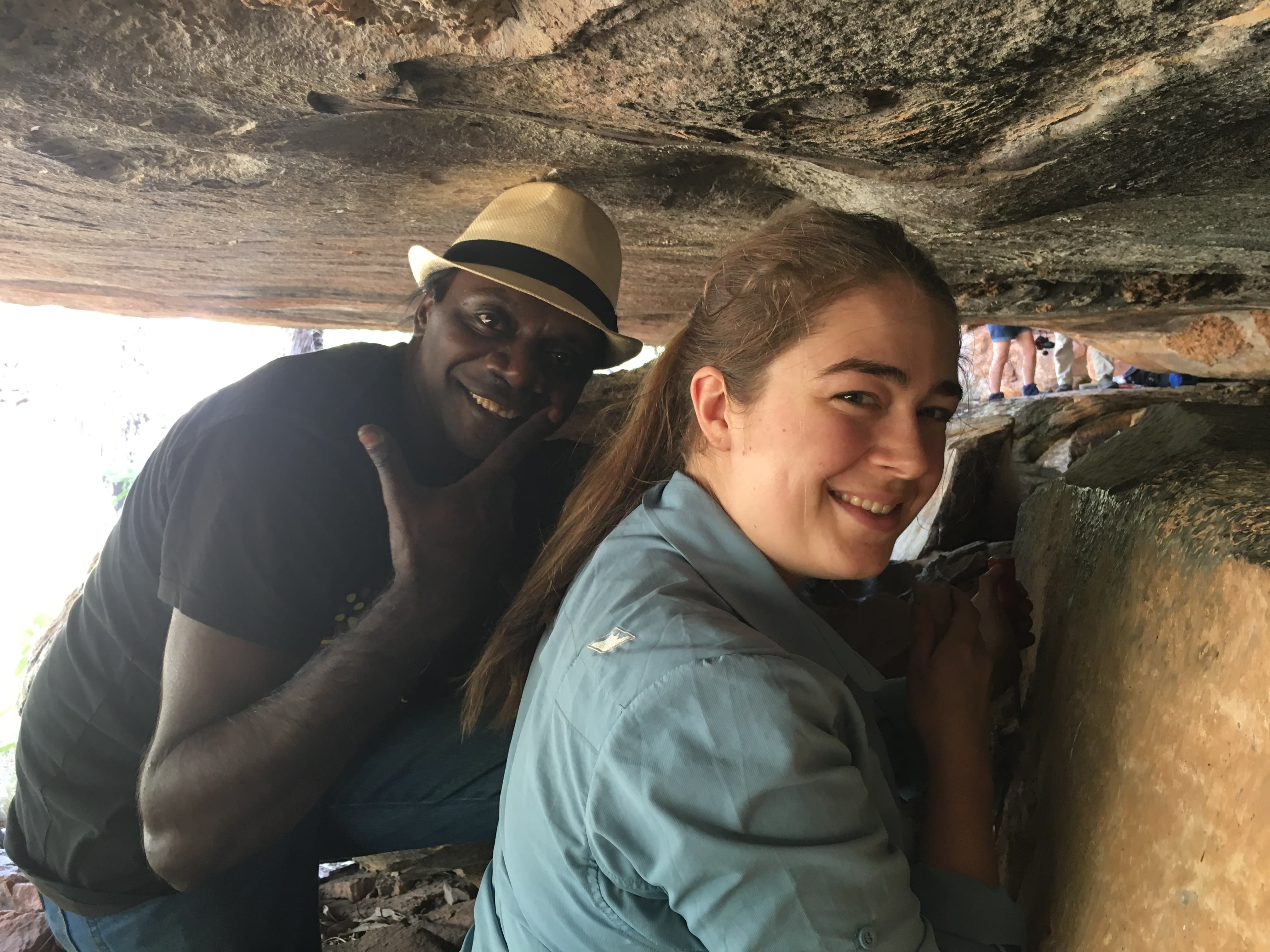
“We have strong friendships with them (Kalumburu people) and they came down to the university,” she said.
“They taught us what can be interpreted and what it means for them to find out how old the rock art is.”
The five-year-long Kimberley rock art dating project will run until 2022, as the scientists collect more samples and further develop their art dating techniques.


